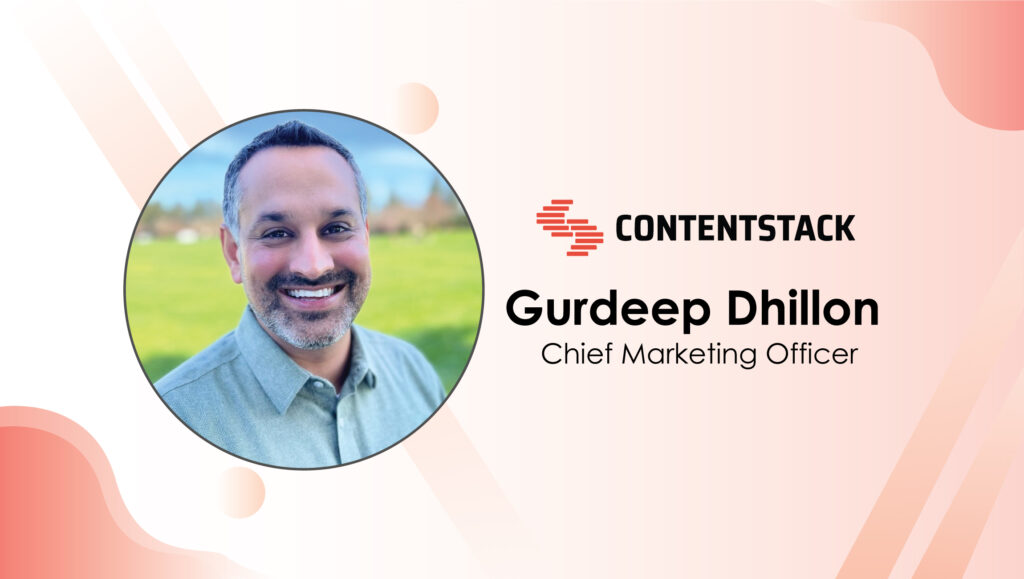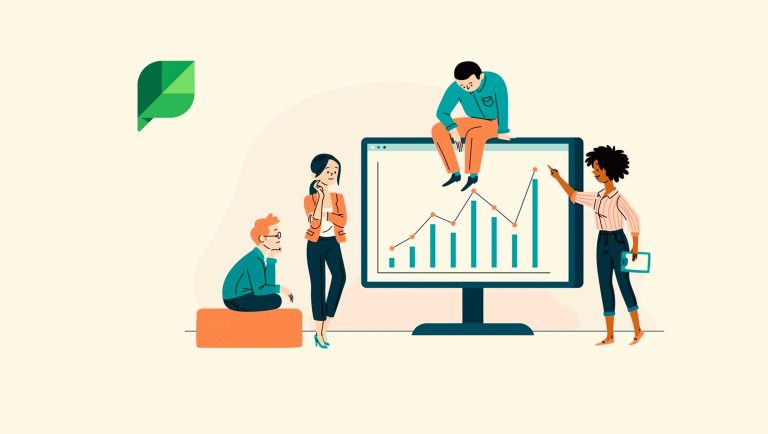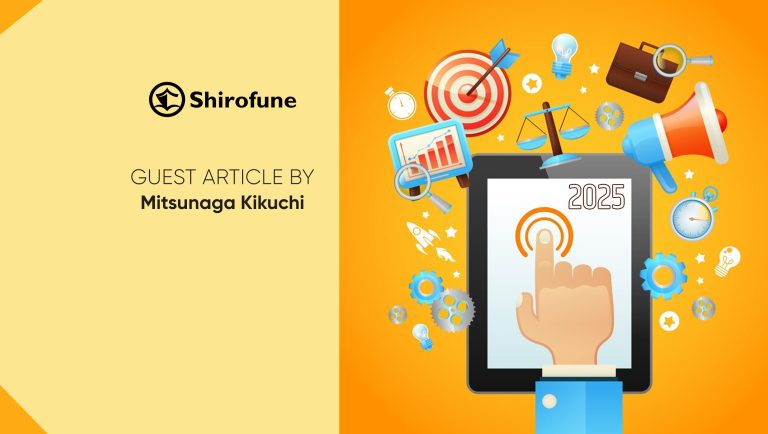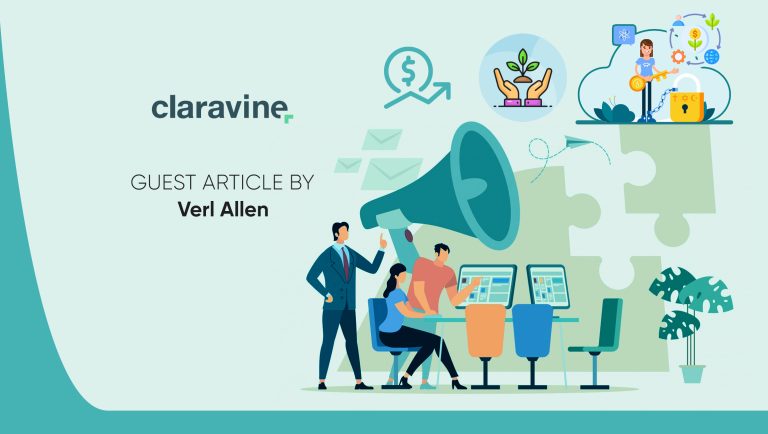Gurdeep Dhillon, Chief Marketing Officer at Contentstack shares a few proven B2B demand generation tips and tricks in this conversation with MarTechSeries:
___________
Welcome to this MarTech Series chat, Gurdeep: take us through your B2B tech journey and how you ended up doing what you do, what about marketing piques your interest?
Initially, I thought I’d go into consumer packaged goods (CPG) doing brand marketing for Unilever or P&G but ended up starting my career at SAP having no clue what Enterprise Software even was. The first phase of my career was in competitive intelligence and corporate strategy which turned out to be a great initiation because I didn’t drink the “Kool-aid” right away. I thought about the market and the company with an outside-in perspective. While I enjoyed this, I always wanted to be closer to the customer.
Eventually, I found my way into SAP cloud marketing doing content strategy and ended up over 6 years building a global team focused on Demand Generation for the SAP CX business. From there, I had great opportunities to join companies like Marketo, Adobe through the acquisition and then Zuora, a legendary company that created a new category around the subscription economy. I’m now the CMO at Contentstack, a company primed to capitalize on and move the industry forward in terms of the brand relevancy crisis and the rise of AI. I’ve been fortunate to end up on the path that led me to marketing. I love the industry and I especially love being a CMO, but what I love most is the opportunity to change people’s minds and show them the potential of a future they hadn’t currently thought of.
We’d love to hear about some of the demand generation and marketing strategies and practices you’ve followed to drive goals over the years. What works best in the B2B tech and SaaS segment in your view?
To me, it comes down to two key motions: demand capture and demand generation. Demand capture is the motion that makes sure you’re not missing any active projects related to the products or solutions that you sell. You want to be in all the in-market deals and you want to win as many of them as possible.
The kind of strategies and tactics you need to do well here are brand campaigns, analyst relations, partner marketing, SEO, 3rd party events, and maintaining a great corporate web experience. On the other hand, demand generation is a motion in which you generate leads by convincing people they have a pain that needs to be solved urgently, by you. I call this the pain-to-value ratio. Whereas the accounts you engage with for demand capture are in-market, the accounts for demand generation are out-market. For this, integrated campaigns, lead generation, BDR outbound and thought leadership works well.
Marketing Technology News: MarTech Interview with James Riess, SVP, General Manager Loyalty & Messaging at Merkle Inc.
What about the current state of demand generation and B2B marketing, on the whole, needs drastic change based on your recent observations?
First and foremost, the way we leverage AI for scale and personalization. Brands are facing a relevancy crisis and trying to rise above the noise with personalized digital experiences. Leveraging AI in the right way can achieve this. The second thing that needs change is how we drive efficient growth. Resources must be allocated against demand capture and demand creation based on the dynamics of your buyers and segments, as well as your products.
What should today’s B2B marketers focus on more to drive better marketing cycles, customer journeys and internal alignment (like, with Sales teams) to enhance the overall brand experience?
I like to say there are four legs of a stool – marketing, sales, partner and product – and the legs of the stool need to be aligned around the themes marketers have planned to go to market in a given time period. These themes determine everything from content strategy to integrated campaigns and product roadmap decisions, and when done right, they deliver a better CX for both prospects and customers.
Can you talk about the state of modern B2B marketing and martech and what trends will dominate the space in 2024?
2024 is the year digital personalization becomes a reality. The continued progress around AI provides companies with the ability to personalize digital experiences better and faster than before. Remaining technology and resource limitations will disappear, which means marketers will be able to finally achieve the breakthroughs they need to deliver a highly personalized digital experience. Another trend affecting B2B marketing this year is the death of the cookie. B2B marketers must prioritize the importance of having a robust 1st party data capture strategy for owned properties.
Marketing Technology News: Driving Offline Engagement in an Era of Digital Fatigue: What Top Brands Are Doing?
Contentstack is a composable DXP which is a digital experience platform assembled from a series of best-of-breed solutions.
Gurdeep Dhillon is Chief Marketing Officer at Contentstack
Also Catch: Episode 186 of The SalesStar Podcast: Using Email Signatures to Drive Marketing and Sales with Carol Howley, CMO at Exclaimer

























